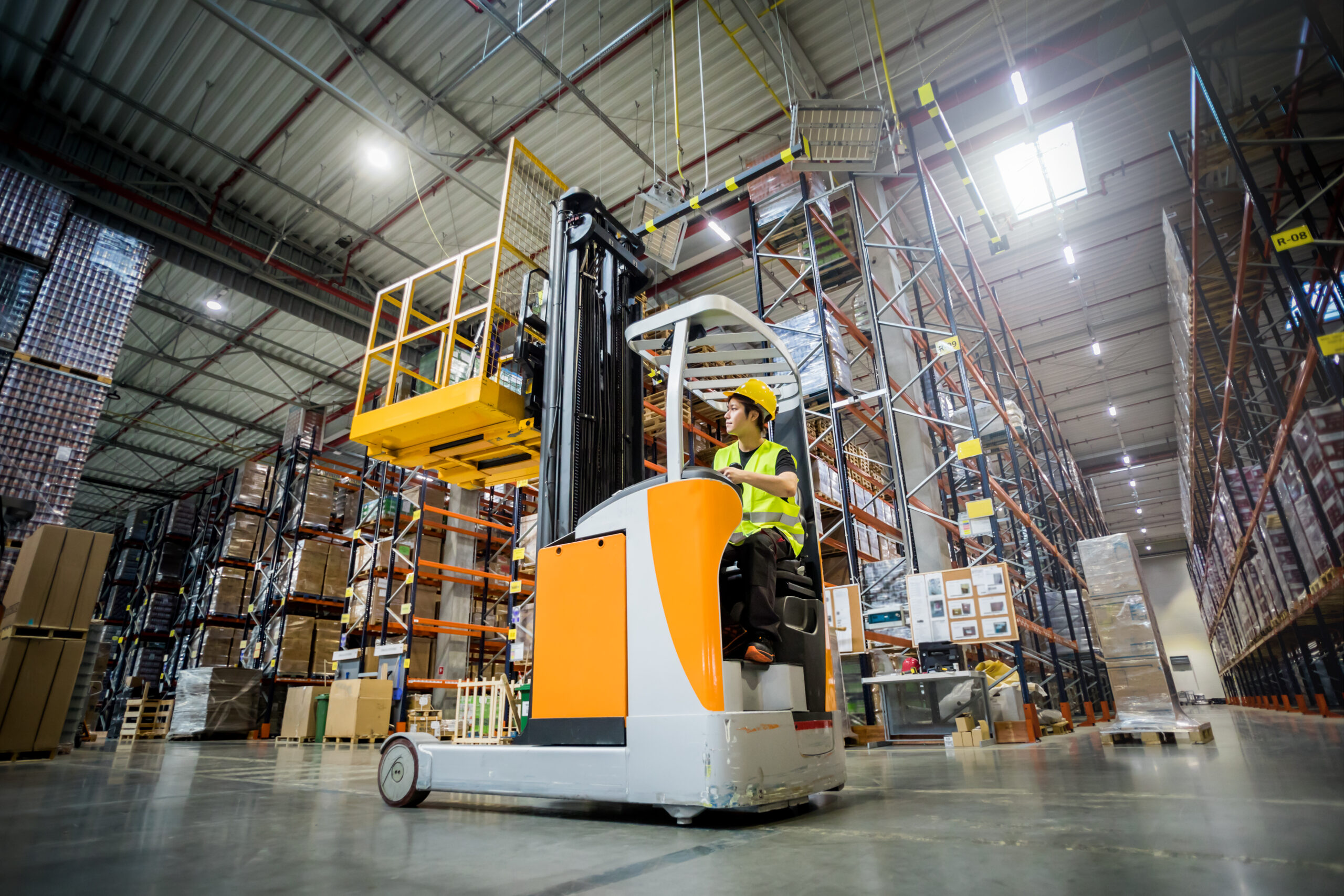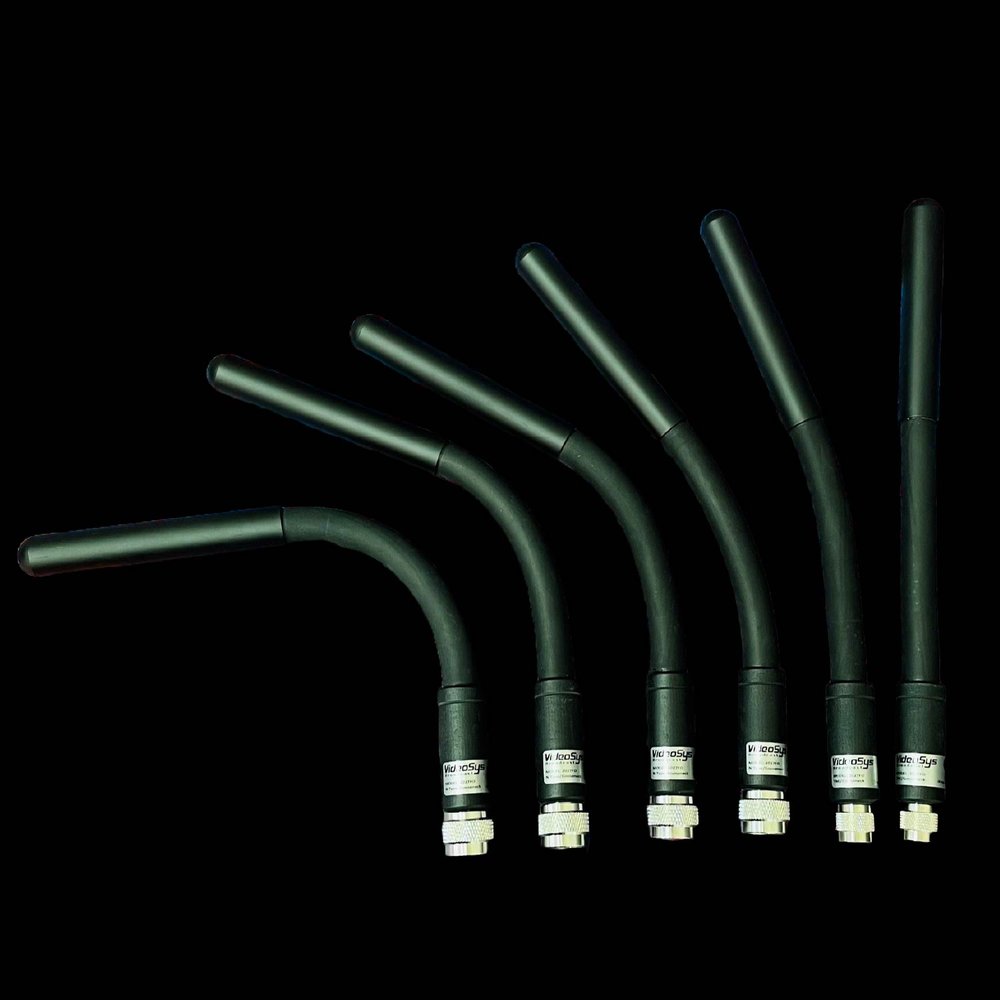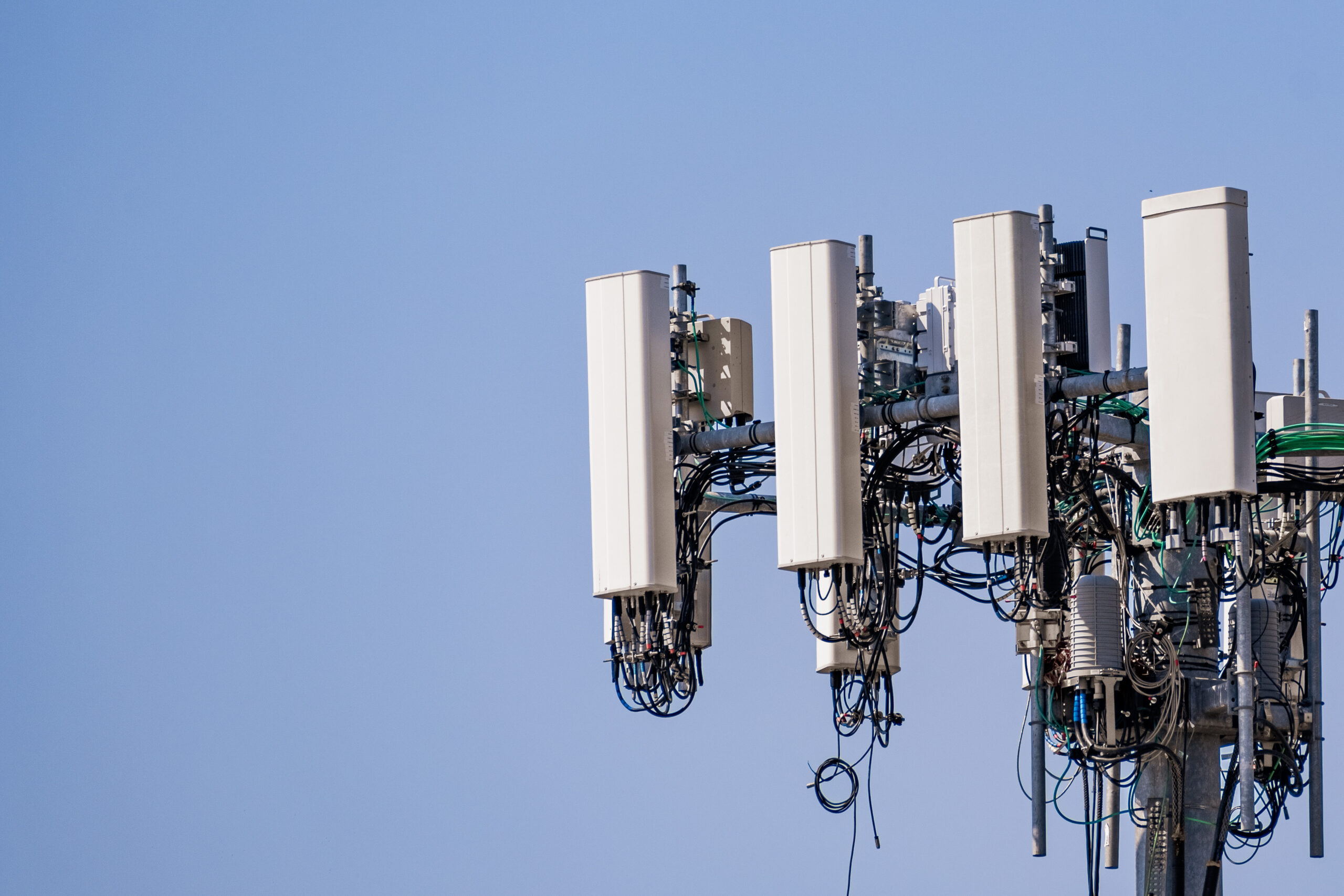The Advantages of Elliptical Polarization in Warehouse Automation Antennas
In today’s fast-paced, tech-driven environment, warehouses are the beating hearts of efficient supply chains. Automation in warehousing has dramatically improved inventory tracking, order fulfillment, and product handling, often relying on wireless communication technologies like RFID (Radio Frequency Identification) and Wi-Fi. Antennas play a crucial role in these systems, enabling the communication needed for automation to function smoothly. One technology that’s gaining ground is the elliptical polarized antenna, a versatile solution that provides unique benefits for automation systems in warehouse environments.
1. Enhanced Signal Coverage and Consistency
Warehouses are notoriously challenging environments for wireless communication. Metal shelving, machinery, and densely packed inventory create obstacles that reflect and scatter signals, leading to interference and weak spots. Unlike traditional linearly polarized antennas, which emit signals in a single orientation, elliptical polarized antennas radiate waves in an elliptical pattern. This unique pattern enables signals to cut through cluttered environments, improving coverage and reducing signal fading and interference caused by reflections.

With elliptical polarization, signals can maintain better stability, helping devices like RFID readers accurately capture tag information even if the tags are oriented at different angles. This consistent and robust signal performance translates to improved accuracy and coverage, which is especially beneficial in large warehouses where items may be stored in multiple orientations.
2. Higher Accuracy in Tracking and Scanning
Elliptical polarized antennas are particularly advantageous for systems that need to track items with varying orientations, such as RFID tags. Since elliptical polarization can detect signals at different angles, the likelihood of missed reads or inaccurate scans decreases. In a warehouse environment where items are constantly in motion, often with no predictable orientation, this flexibility allows for more accurate and reliable data capture.
This increased accuracy can lead to more efficient order processing, as automation systems can reduce the number of incorrect picks and streamline inventory management. Additionally, the ability to scan items from multiple orientations enables workers and automated systems to scan items without needing to adjust their positions, enhancing operational speed.
3. Reduced Power Requirements and Maintenance Costs
Elliptical polarized antennas typically require less power to achieve effective coverage in warehouse environments compared to linearly polarized alternatives. Because of their enhanced signal penetration and reduced interference, these antennas can work at lower power levels while still maintaining optimal performance. This lower power usage translates to reduced energy costs, which can be significant in large-scale operations.
In addition, because elliptical polarized antennas are less susceptible to interference and signal degradation, they require less frequent adjustments and maintenance. Lower maintenance demands mean fewer disruptions in warehouse operations, leading to increased uptime and reliability in automated processes. Over time, these reductions in power and maintenance can contribute to considerable cost savings for warehouse operators.
4. Versatility and Scalability in Automation Systems
Modern warehouses rely on a diverse range of automated systems, from conveyors and robots to drones and automated guided vehicles (AGVs). Each of these systems depends on precise, real-time communication to operate effectively. Elliptical polarized antennas offer a versatile solution, capable of handling signals for various types of devices and applications. Their flexibility and ability to work with multiple frequencies make them well-suited for scalable warehouse automation systems that may need to accommodate different technologies over time.
For example, if a warehouse wants to expand its RFID system or integrate Wi-Fi-based inventory tracking, elliptical polarized antennas can serve both purposes without the need for separate antenna installations. This adaptability allows warehouse operators to future-proof their communication infrastructure, making it easier to integrate new automation technologies as they evolve.
5. Enhanced Employee Safety and Productivity
The consistent signal performance provided by elliptical polarized antennas contributes to a safer working environment. Automated systems rely on real-time data to prevent accidents, such as collisions between AGVs and workers. By ensuring stable and accurate signal reception, elliptical polarized antennas can help minimize potential hazards associated with miscommunication or delayed data transmission.
Additionally, with accurate tracking and streamlined scanning, workers can focus more on high-value tasks, such as overseeing operations, rather than dealing with scanning errors or re-scanning misplaced items. This improved workflow leads to higher productivity, reduced worker fatigue, and a more organized warehouse environment.
Conclusion
In the competitive world of warehouse automation, elliptical polarized antennas provide a powerful advantage. From enhanced signal coverage and accuracy to reduced power requirements and better adaptability, these antennas support seamless and efficient automation in even the most challenging environments. As warehouses continue to embrace automation, adopting elliptical polarized antennas will be key to overcoming communication obstacles, improving tracking accuracy, and ultimately enhancing the entire supply chain.







